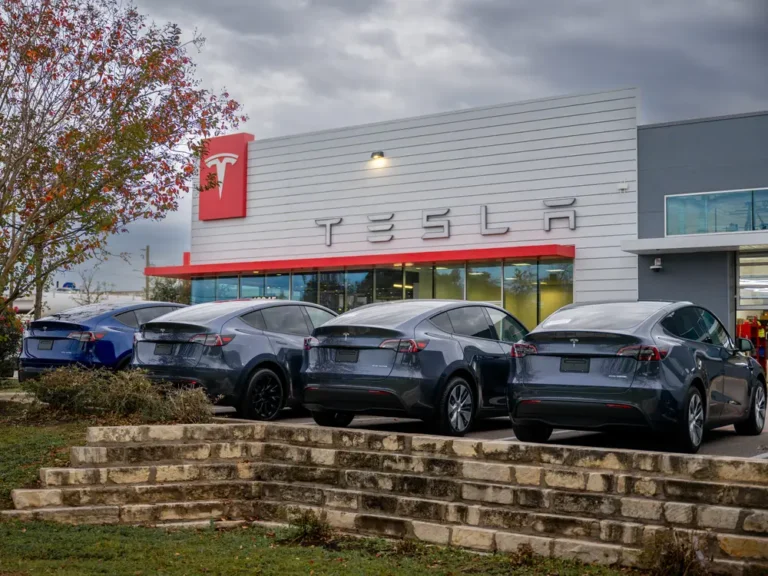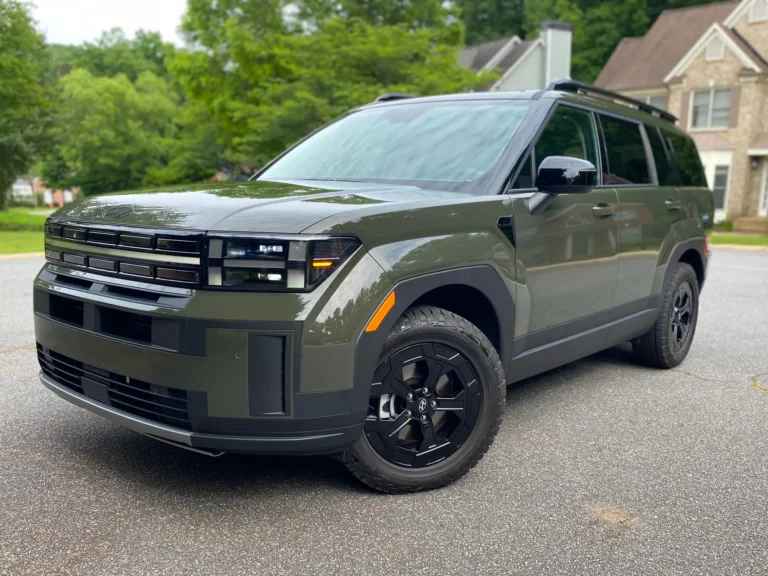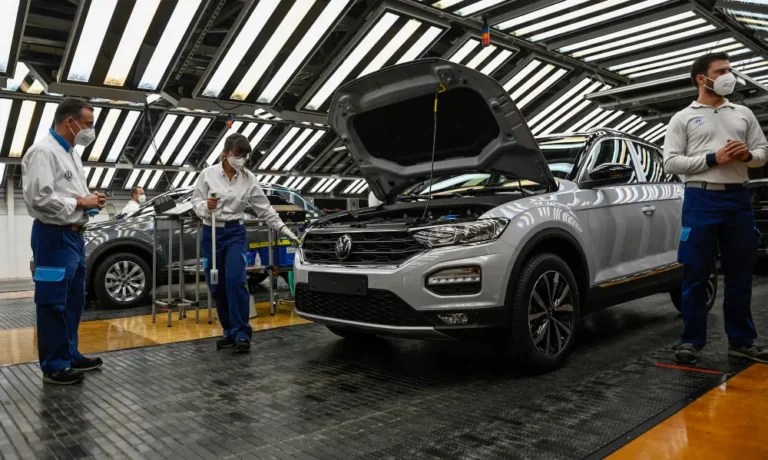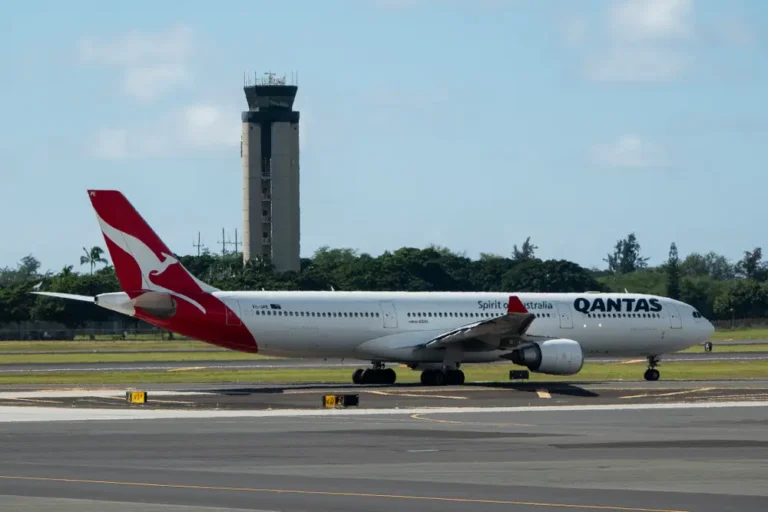I charged a Chevy at Tesla Superchargers for a week. It was a breeze but came with one big drawback.
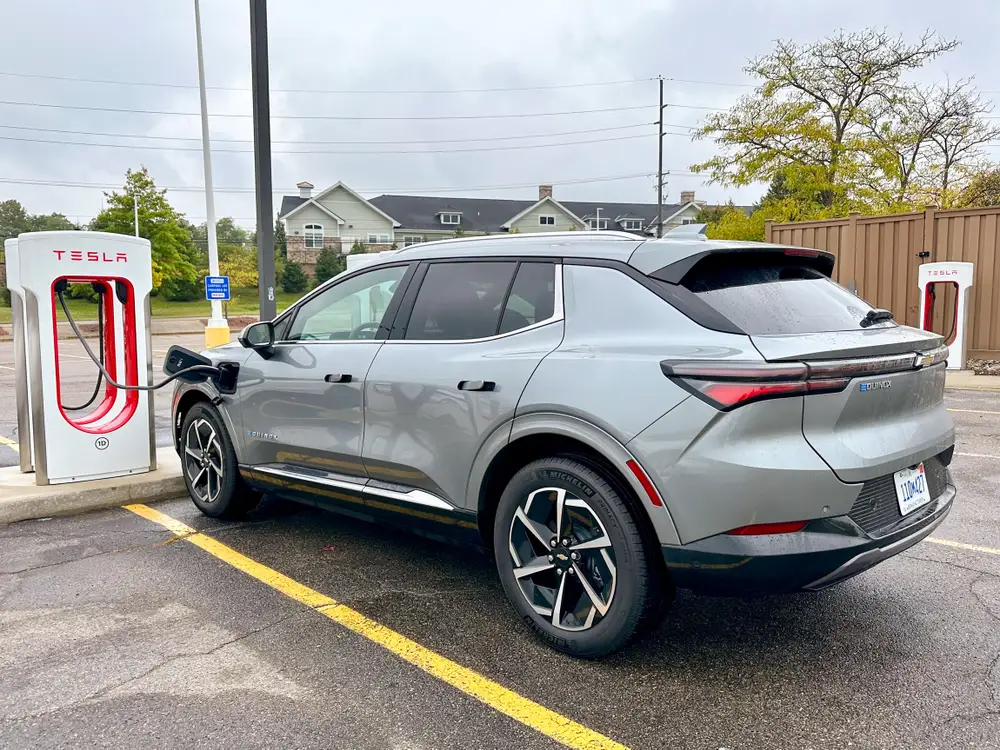
For most of the week, I was the only non-Tesla vehicle at the Supercharger locations I visited
For the better part of a week, I was the lone Chevy at my local Tesla Superchargers.
GM vehicles had only just gained access to the sprawling network days before, and the company had provided me with a NACS adapter for free (Chevrolet owners have to order them for $225), so I wasn’t expecting it when another Chevrolet Equinox EV pulled up across from me.
I watched an older man get out and tinker with the charging cord, walking back and forth from his car to the stall. Before I could offer to help, a flock of Tesla owners amassed to troubleshoot with him.
Ultimately, he didn’t have the adapter he needed, but I was pleasantly surprised to see the Tesla owners welcome him and encourage him to return once he had the adapter.
After spending the week worrying that the Tesla owners were judging me and wondering what a Chevy was doing on their turf — or worse, assuming I was crowding up their space — I was relieved to see the typical camaraderie extended to us outsiders.
Access to Elon Musk’s charging network is the latest improvement GM has made to charging access for electric vehicle owners. GM also recently announced an expansion of its public charging network with EVgo, teasing new GM Energy-branded charging hubs that look like gas stations.
For a long time, the Supercharger network was a selling point for EV shoppers worried about range anxiety. Tesla’s Supercharger network is the largest fast-charging network in North America, with about 20,000 DC fast chargers that previously only connected to Teslas — and easily one of the most reliable.
I’ve driven plenty of non-Tesla EVs, and I know the extreme disappointment of driving past a large bank of empty Superchargers while hunting for a place to plug in.
So when GM offered to hook me up with the Equinox EV and an NACS adapter for the week, I decided to charge exclusively at Superchargers to see if it improved the experience.
Getting set up at the Supercharger was the hardest part.
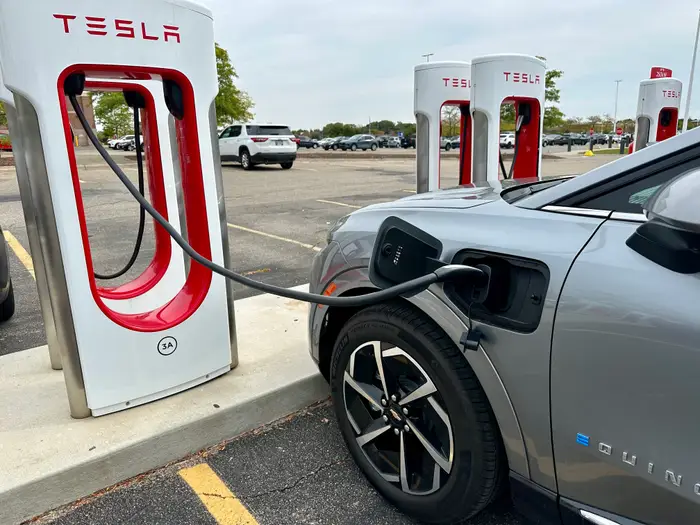
I had to rearrange the car a few times to get the charging cord to reach the Equinox’s port.
Fitting the Equniox in at a Tesla stall was more complicated than I expected.
I’ve used Superchargers plenty of times with Teslas, and getting hooked up was never an issue. However, pulling up with another brand for the first time, it became immediately clear that Superchargers are made specifically for Teslas.
First, having the charging port on the front left (as opposed to Tesla ports on the back left) meant I would have to use the charger normally intended for the parking spot next to me, rendering that spot effectively charger-less.
Luckily, the station wasn’t especially busy on a weekday afternoon, and I didn’t block anyone from charging.
The orientation of the charging port also required me to rearrange the car a few times to make sure the charging cord could reach all the way to the port.
The Tesla adapter worked well, but it was hard to latch.
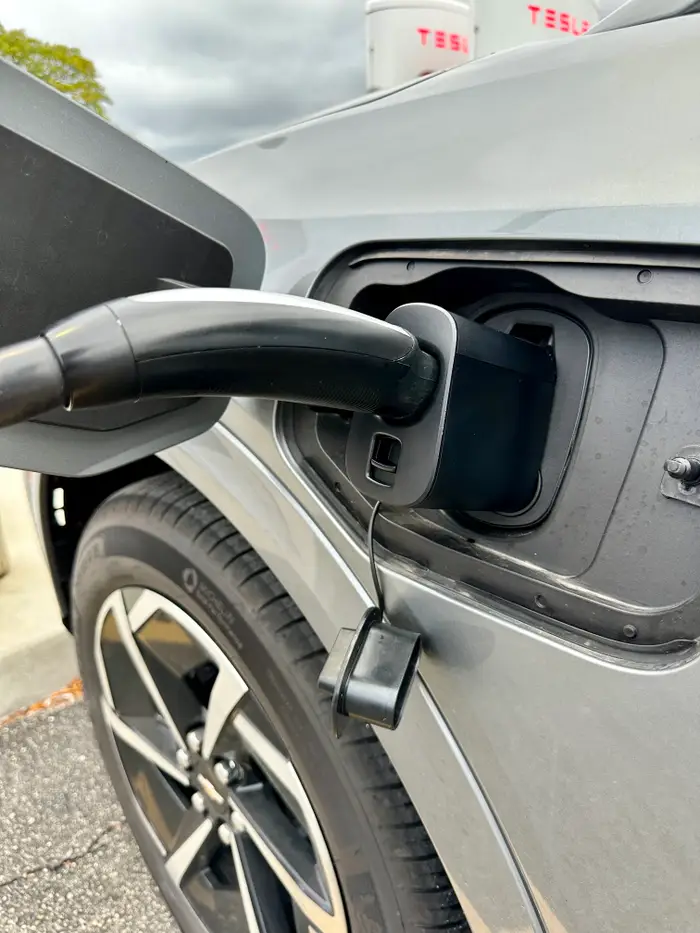
The NACS adapter was a little clunky.
The NACS adapter worked great and didn’t appear to slow down the charge rate. But getting it set up was never easy.
The first time I used the adapter, it took me several tries and quite a bit of elbow grease to finally connect it securely. I had to jiggle and press hard to get a plastic latch at the top of the adapter to click into place.
This process got a little shorter with each visit to a Supercharger, but I never did get it latched on the first try.
I felt a little self-conscious as the only one parked nose-first
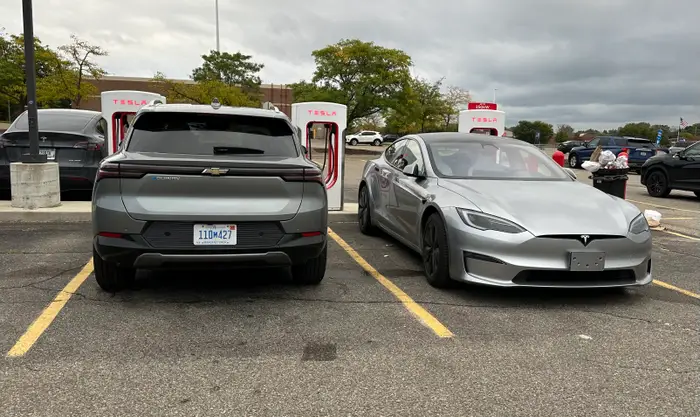
Charging nose-first meant taking up two stalls.
Tesla Superchargers are oriented for backing in — if you’re driving a Tesla.
The Equinox already sticks out like a sore thumb as the only non-Tesla. You can feel the other Tesla owners watching you and wondering what you’re doing there.
Pulling in nose first — and taking up two stalls — only adds to the outsider feeling.
In the end, no one bothered me about occupying multiple stalls, and there was only one time when the stalls were at capacity. I tried to get out of the way when a Tesla owner needed the charger I was blocking, but she smiled and waved me off, saying she’d come back later.
The speed and accessibility of Superchargers made up for a lot of the other quirks
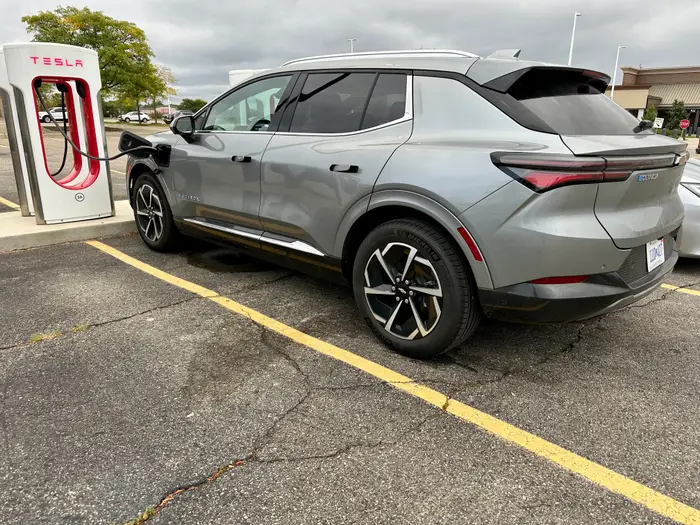
My Equinox EV hooked up to a Supercharger near my house
After I ensured the cord could reach and maneuvered the adapter into place, the rest of my experience at the Supercharger was always smooth sailing.
The MyChevrolet app guided me seamlessly through the Supercharger setup, with prompts at every step of the way. Charging speeds were fast at all the stalls I visited in the Metro Detroit area, averaging around 45 minutes to gain 200 miles of charge.
I’ve driven plenty of non-Tesla EVs in the past, and access to fast and reliable charging has always been my main challenge.
For the first time with an electric Chevrolet, I didn’t worry once about range. For the seven days I had the car, the battery never dipped below 40%, and I never spent more than an hour at a charger. That peace of mind made up for a clunky experience at the Supercharger itself.

